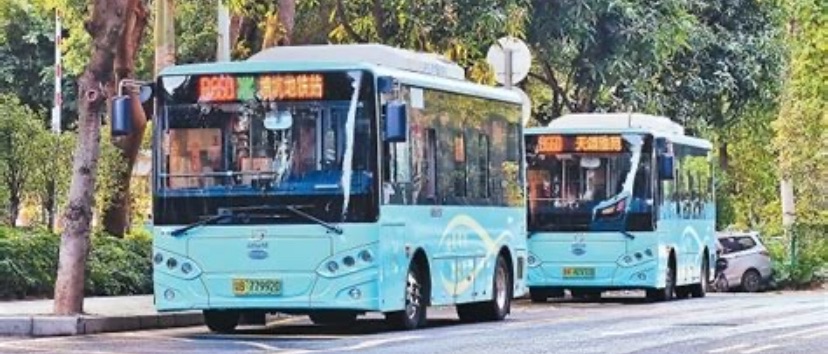Public transportation services in China can be regarded as a form of social welfare.
Since most of these services are operated by state-owned enterprises, their fares are generally lower compared to privately operated transportation systems in developed countries, with bus fares being particularly affordable.
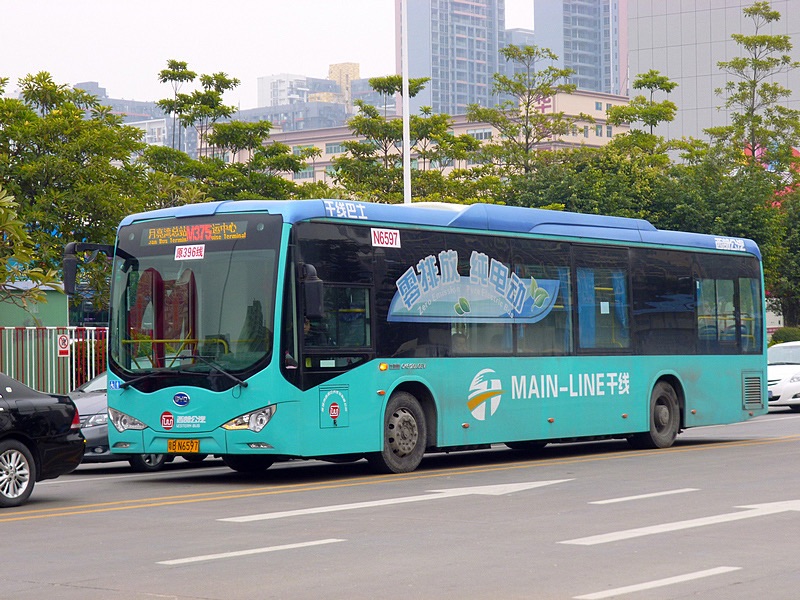
As of May 2025, the approximate fare structure for public buses in Shenzhen is as follows:

For detailed information, please refer to the official government website.
For routes under 11 kilometers, the fare for air-conditioned buses is approximately 2 RMB, which is about 0.28 USD. Beyond 11 kilometers, the fare increases by 0.5 RMB (approximately 0.07 USD) for every additional 2.5 kilometers, with a maximum fare capped at 10 RMB, equivalent to roughly 1.40 USD.
how to take a public bus in Shenzhen
Affordable pricing does not equate to a poor riding experience.
In fact, Shenzhen’s buses are relatively comfortable and, in some respects, even surpass the public transportation experience found in certain developed countries.
Let me now guide you through how to take a bus in Shenzhen.
Prepare RMB Coins
Although mobile payments and transport cards are widely used in China, cash payment is still accepted on public buses to accommodate those who prefer or need it.
For foreign visitors, paying with cash can also help avoid potential issues with unfamiliar apps or connectivity.
Please prepare and keep ten 1-yuan coins with you for convenience.
Find the Correct Bus Stop
Use Google Maps to search for your destination—just like you would when looking up bus information in your home country.
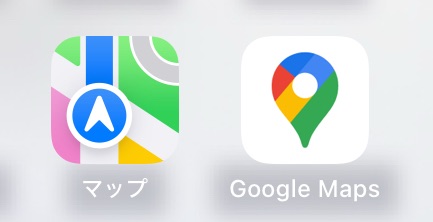
Use Google Maps or Apple Maps
Proceed to the Appropriate Bus Stop
Chinese bus stops are generally well-organized and clearly marked, typically equipped with route information boards, shelters with seating, and electronic displays;
multiple routes often serve a single stop, and stop names are usually based on nearby landmarks, so passengers are advised to carefully check both the route and stop names.
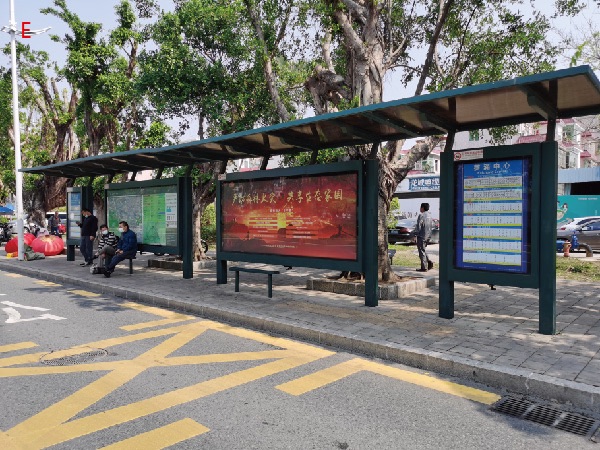
Shenzhen Bus Route 18
Once you navigate to the designated bus stop using a map application, you may take a seat on one of the public benches and wait for the bus to arrive. Buses typically operate on a schedule of one departure every thirty minutes.
For first-time riders, it’s natural to feel a bit anxious—concerned about boarding the wrong bus or deviating from the intended route.
There’s no need to worry—based on my years of experience, I can guide you through exactly what to do in this situation.
Check Your Shuttle Bus Number on Your Phone
For example, if I want to visit the tourist attraction “Window of the World,” I can use a mobile map app to find that I need to take Bus No. 26. In Shenzhen, most buses have an electronic display panel—such as a phantom LED screen—mounted at the top of the front of the vehicle, which shows the route number and destination.

There’s no need to worry. When a bus displaying the correct route number arrives, board through the front door.
This is because the fare box is located near the driver, and passengers are required to deposit coins there upon boarding.
deposit the correct fare in coins
The map app will usually calculate the fare between your departure point and destination automatically.
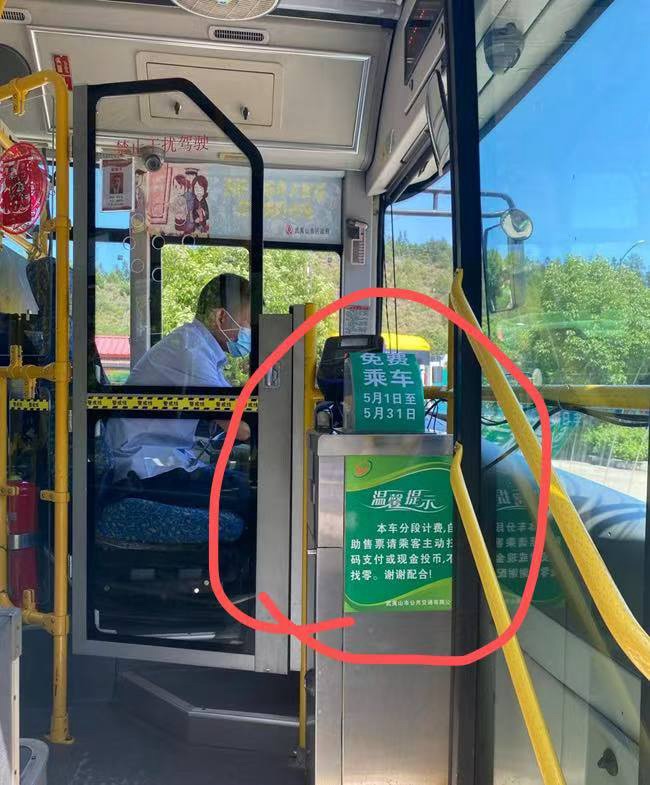
Based on that, you can insert the correct amount in coins as indicated. If you’re unsure whether you’re at the right stop, you can simply point to the location on your phone and ask the driver for confirmation.
Even if you don’t understand the language, you can usually get the idea from their gestures—so there’s no need to worry. As a foreigner, this is perfectly normal. I still remember having a similar experience the first time I visited Japan.
Keep the map open
During your bus ride, don’t close the map. The benefit is that you can always see your current location and how far you are from your destination. When the bus reaches your stop, it will usually pause by the platform to let new passengers on. At that point, you can exit from the rear door to get off.
Bring your translator device
When you need to communicate, feel free to use your translator device to ask the driver or nearby passengers directly. In Chinese culture, guests from abroad are treated with great hospitality—almost everyone is willing to help. So please don’t hesitate to ask for assistance.
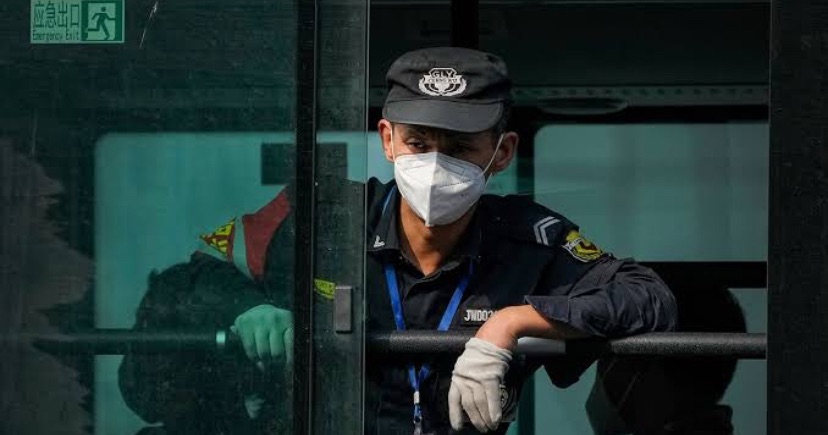
Usually, there is a security officer on the bus. You can use your translator device or a translation app to tell the officer where you want to get off. They will typically inform the driver for you, and when your stop arrives, they will let you know.
———————
ending
Taking the bus isn’t as difficult as it might seem. It’s actually quite similar to taking a bus in your own country, with just a few differences.
First, confirm your route. Then, choose the corresponding bus line. After boarding, pay the fare and let the security officer know where you want to get off.

